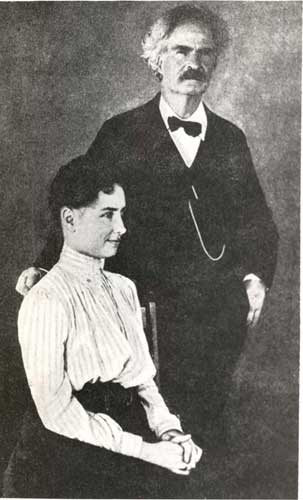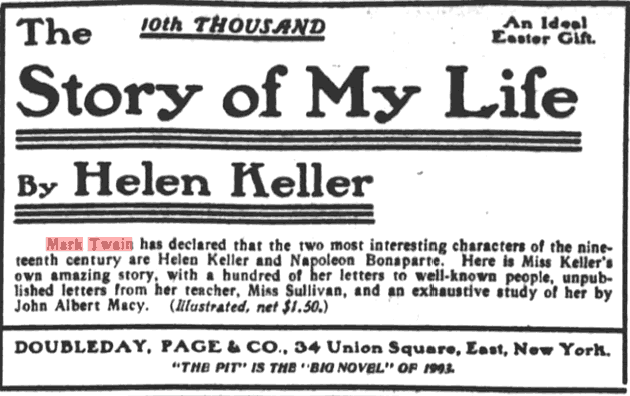Anyone who’s followed the late Michael Apted’s Up documentaries knows that becoming a London cab driver is no mean feat. Tony Walker, one of the series’ most memorable participants, was selected at the age of seven from an East End primary school, already distinguished as a character by his energetic manner, classic cockney accent, and enthusiastically expressed ambition to become a jockey. By 21 Up, however, he’d got off the horse and into a taxicab — or was aiming to do so, having immersed himself in the studies required for the necessary licensing exams. For many non-British viewers, this constituted an introduction to what’s known as “the Knowledge,” the formidable testing process licensed London taxicab drivers have undergone since 1865.
The Great Big Story video at the top of the post provides an introduction to this “insanely hard test,” which demands the memorization of 320 routes around London, involving 25,000 streets and roads, within a six-mile radius of Trafalgar Square. “Its rigors have been likened to those required to earn a degree in law or medicine,” writes Jody Rosen in a 2014 New York Time Style Magazine piece on the Knowledge.
“It is without question a unique intellectual, psychological and physical ordeal, demanding unnumbered thousands of hours of immersive study.” For the Tony Walkers of the world, it has also long offered a route to stable, well-compensated, and even prestigious work: everyone, regardless of social class, acknowledges the expertise of London that the black-taxicab driver possesses.
In recent years, those classic black cabs have faced greatly intensified competition from rideshare and “minicab” services, whose drivers aren’t required to pass the Knowledge. Instead, they rely on the same thing the rest of us do: GPS-enabled devices that automatically compute the route between point A and point B. Though one would imagine this technology having long since rendered the Knowledge redundant, the flow of aspirants to the status of black-cab driver hasn’t dried up entirely. Take Tom the Taxi Driver, a full-fledged London cabbie who’s also millennial enough to have elaborate tattoos and his own Youtube channel, on which he explains not just the experience of driving a taxi in London, but also of taking the tests to do so, which involve plotting Point-A-to-Point‑B routes verbally, on the spot.
The question of whether the Knowledge beats the GPS is settled on the channel of another, similarly named English Youtuber: Tom Scott, who in the video above, drives one route through London using his mobile phone while Tom the Taxi Driver does another of the same length while consulting only his own mental map of the city. This modern-day John Henry showdown is less interesting for its outcome than for what we see along the way: Tom the Taxi Driver’s perception and experience of London differ considerably from that of Tom the non-taxi driver, and as neuroscientific research has suggested, that difference is probably reflected in the physical nature of his brain.
“The posterior hippocampus, the area of the brain known to be important for memory, is bigger in London taxi drivers than in most people, and that a successful Knowledge candidate’s posterior hippocampus enlarges as he progresses through the test,” writes Rosen. The applicants’ having to master fine-grained detail both geographic and historical (over a period of nearly three years on average) also underscores that “the Knowledge stands for, well, knowledge — for the Enlightenment ideal of encyclopedic learning, for the humanist notion that diligent intellectual endeavor is ennobling, an end in itself.” For any of us, habitually offloading the mental work of not just wayfinding but remembering, calculating, and much else besides onto apps may well induce a kind of mental obesity, one we can only fight off by mastering the Knowledge of our own pursuits, whatever those pursuits may be.
Related content:
The Oldest Known Footage of London (1890–1920) Features the City’s Great Landmarks
Take a Virtual Drive through London, Tokyo, Los Angeles & 45 Other World Cities
Robert De Niro’s Taxi Cab License Used to Prepare for Taxi Driver (1976)
Meet Madame Inès Decourcelle, One of the Very First Female Taxi Drivers in Paris (Circa 1908)
Based in Seoul, Colin Marshall writes and broadcasts on cities, language, and culture. His projects include the Substack newsletter Books on Cities and the book The Stateless City: a Walk through 21st-Century Los Angeles. Follow him on Twitter at @colinmarshall or on Facebook.





